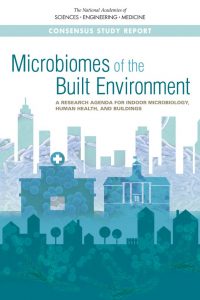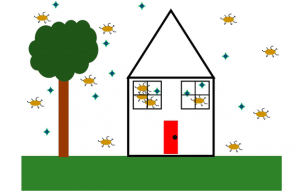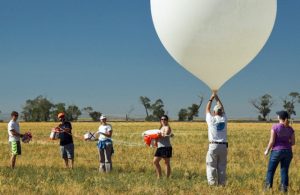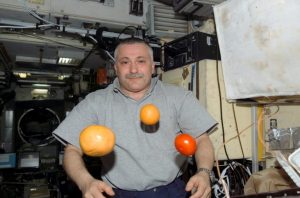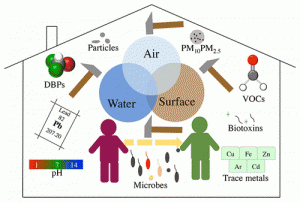Registration reminder: MoBE registration closes September 1st. Join us to hear the latest in MoBE research, to discuss applications and future directions. Check out MoBE tweets: @microBEnet #MoBE #microBEnet
So this is the culmination of a huge amount of work by a large number of folks. The National Academy of Sciences (NAS) just released a new report “Microbiomes of the Built Environment: A Research Agenda for Indoor Microbiology, Human Health, and Buildings”. This report was requested by the Alfred P. Sloan Foundation, the National …
A few years ago I was hearing increasing discussion about the idea that much of the microbiology of the built environment was “stamp collecting” and that the indoor microbiome might consist largely of dead or non-viable material passively deposited indoors. Many pweople argued that there was a need for better tools (or increased use of …
In the world of built environment (BE) microbiome research, we are by now well aware that building designs have influences on the indoor microbial assemblage. Therefore, BEs that employ a multitude of innovative designs, such as green and zero carbon buildings (GBs and ZCBs), may provide us greater insight on the mechanistic basis for …
Of possible interest – a new paper (on which I am a coauthor) on standards for minimum information about single cell genomes and genomes assembled from metagenomes. See link below: Source: Minimum information about a single amplified genome (MISAG) and a metagenome-assembled genome (MIMAG) of bacteria and archaea : Nature Biotechnology : Nature Research
When I first saw the headline on this I groaned a little, thinking this was some completely bogus type of project. But actually, upon reading about it in more detail it sounds like a really good public engagement project involving the eclipse, students, space, and microbes. The article: Most-watched eclipse in history could answer the …
Microbes in space have been of interest to the folks at various space agencies for as long as we’ve been sending people into space. Rampant mold growth on the Russian Space Station Mir was probably one of the reasons for the decision to “deorbit” the station (a fancy way of describing crashing into the ocean). …
Researchers at Virginia Tech’s Center for Science and Engineering of the Exposome (SEE) recently published a critical review in ES&T examining the “exposome of the built environment” and proposed engineering strategies for its control. The exposome is defined as our lifetime exposure to chemicals, microbes, and radiation and derives from anything we come into …
“Should we always antibiotics until the end of their course?” Well, this has been a question asked on and off over the last 10 years or so. And this I was quite interested in a Tweet I saw from Eric Topol this AM (I note – Eric Topol on Twitter is a better source of …
Quick post here. As an aside, it’s amazing how complicated it is to get an IRB waiver just to be able to put out an online survey. But we finally navigated all that and are looking for feedback from anyone who has ever played Gut Check: The Microbiome Game. We’d love to use this feedback …
